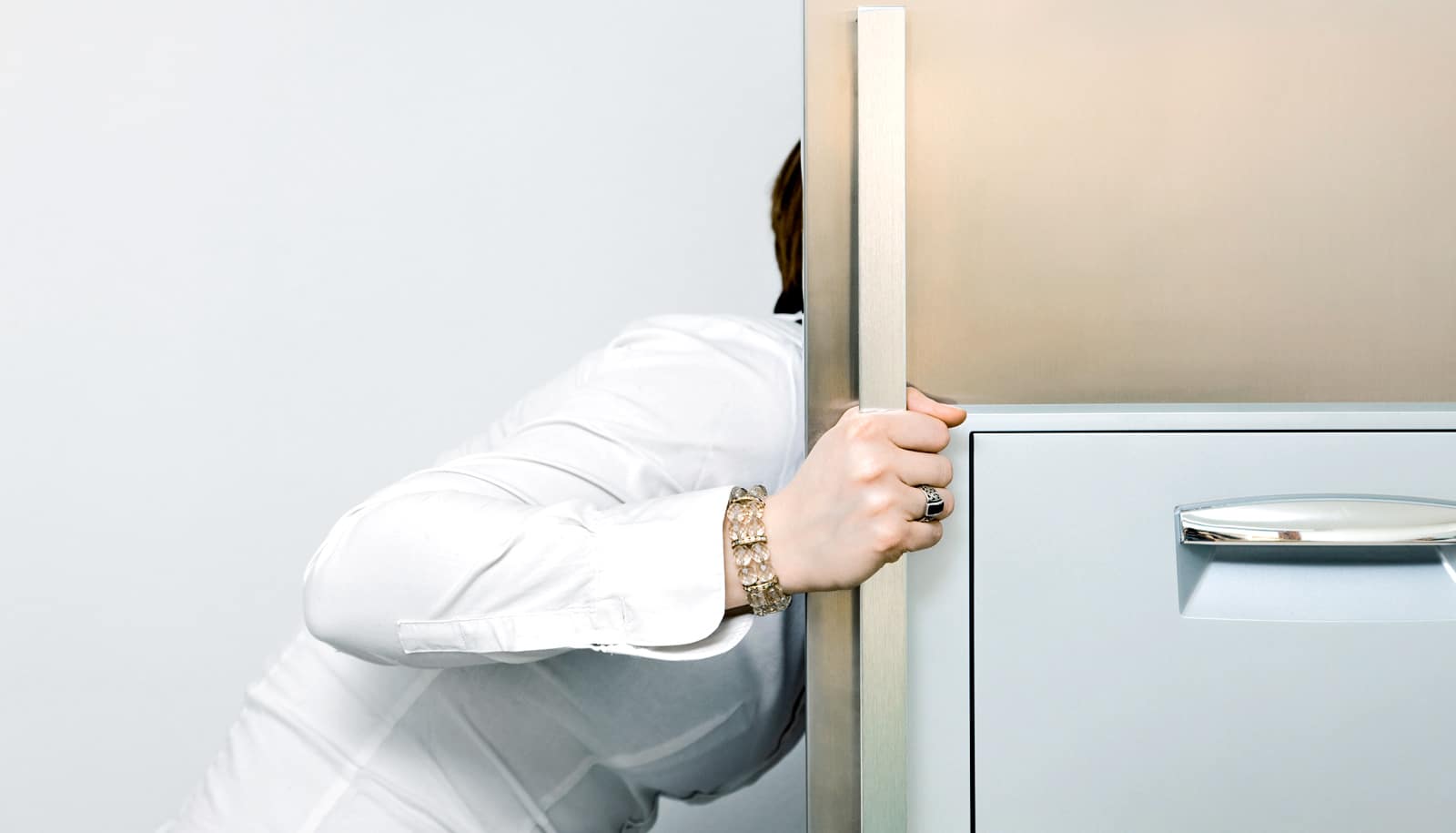Workers in open office seating experience less daytime stress and greater daytime activity levels compared to workers in private offices and cubicles, according to a new study.
That greater physical activity at the office is related to lower physiological stress during after-work hours outside the office, researchers say. This is the first known study to investigate the effects of office workstation type on these objective measures.
“…office design, driven by office workstation type, could be an important health-promoting factor…”
The researchers evaluated 231 people who work in federal office buildings and wore stress and activity sensors around the clock for three workdays and two nights. The intent was to evaluate the workers’ activity and stress levels both inside and outside of the office environments.
Workers in open bench seating arrangements were 32 percent more physically active at the office than those in private offices and 20 percent more active than those in cubicles, according to the study. Importantly, workers who were more physically active at the office had 14 percent less physiological stress outside of the office compared to those with less physical activity at the office.
“This research highlights how office design, driven by office workstation type, could be an important health-promoting factor,” says senior author Esther Sternberg, research director of the Center for Integrative Medicine at the University of Arizona.
Office workers are at a particularly high risk for low levels of physical activity and the associated poor health outcomes. According to a 2015 report that the US Centers for Disease Control and Prevention published, workplace-related illnesses cost the US economy more than $225 billion a year.
“Objective measurements using wearable sensors can inform policies and practices that affect the health and well-being of hundreds of millions of office workers worldwide,” says lead author Casey Lindberg, a research associate at the Institute on Place, Wellbeing, and Performance.
Bijan Najafi, director of Interdisciplinary Consortium on Advanced Motion Performance at the Baylor College of Medicine in Houston in Texas, says it is satisfying to know that his work on wearable devices to measure stress and activity can help improve health and well-being for millions of office workers.
The study adds an objective voice to an ongoing debate about how best to weigh the advantages and disadvantages of open seating designs to optimize worker health.
The paper appears in Occupational and Environmental Medicine.
Researchers from Aclima Inc. and the Baylor College of Medicine contributed to the work.
The US General Services Administration, which owns and leases more than 370 million square feet of space that houses more than 1 million federal employees, funds the program under which the researchers completed their work.
Source: Cindy Rupp Valdez for the University of Arizona

